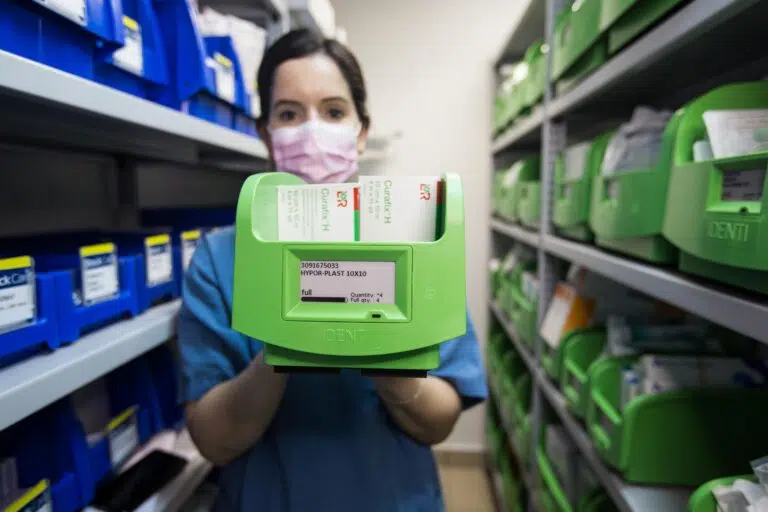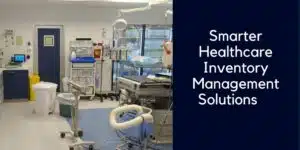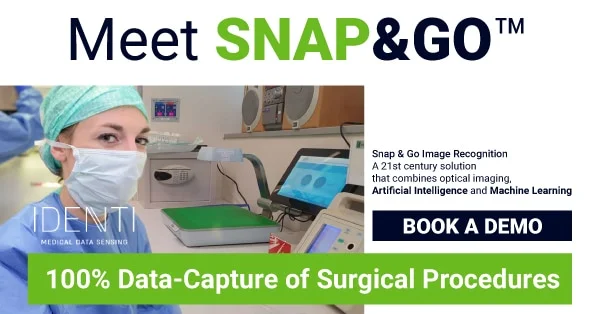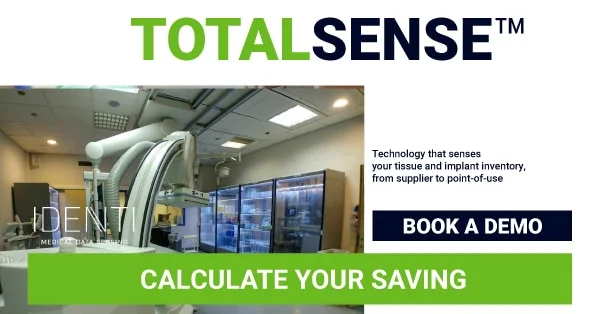What’s inside:
This article explores how leveraging healthcare supply chain data analytics can help providers to strengthen their supplier contract management.
It will cover:
- the benefits of data-driven vendor contracts in healthcare
- The cost-benefits of PPI standardization
- Healthcare vendor cost optimization
- Hospital inventory management automated solutions for optimal data insights.
In order to boost bargaining power and secure improved prices and terms, healthcare providers need to be able to present a whole range of data, including purchasing patterns, usage data and future predictions for patient volumes for different surgeries. Without this valuable data, health systems, hospitals and ambulatory surgery centers lack negotiating clout.
- If you take it down to its most basic level, as with any business, healthcare providers’ margins are largely determined by the amount they pay for supplies, and the amount they receive from payers.
- The simple aim of most hospitals, health systems, and ambulatory care providers is to negotiate more cost-effective contracts and receive optimal payments.
So, let’s look at how healthcare organizations can use data to support improved contract arrangements with vendors.
Healthcare supply chain analytics contract compliance
Achieving full and complete data collection in the operating room (OR) and procedural rooms can have a transformative impact on negotiating better vendor contracts.
In order to obtain full and comprehensive data analytics, healthcare providers need to get the basics right, and that means achieving full and accurate data collection.
The surgical setting is one of the most vital areas to collect supply chain data, and yet it is also one of the most complex environments, where providers often suffer from data gaps. This may be due to inadequate data capture tools or issues keying in data (human error, Item Master exception etc.) In addition, the entry of non-stock items such as trunk stock into the operating room can circumvent supply chain systems.
New technology is now solving data capture challenges in OR and it is now perfectly feasible for hospitals and ambulatory care providers to be able to collect 100% usage data at the point of care – for both stock and ‘bill only’ items.
Once high-quality data sensing tools are in place providers can benefit from AI software that is able to interpret and analyze supply chain data and present metrics, reports, and data analytics. It is this valuable data that can support improved vendor contract negotiation.
There are three main data elements that help providers leverage the best contractual terms with medical inventory vendors.
Purchasing and usage data
The implementation of advanced data collection tools in OR and procedural rooms will ensure that accurate usage data is obtained. Understanding usage patterns is vital for contract negotiation as it underpins:
- Demand forecasting: AI technology is great at analyzing mass data and can be used to interpret historical data – producing informed forecasting of future needs, based on existing patterns and trends. AI is able to wade through vast amounts of data and pick out all those subtle patterns, as well as the more obvious ones. This is an area where AI beats humans.
- Usage optimization: When usage patterns are monitored, providers have the ability to identify areas of inefficiency and opportunities to make savings. If utilization figures reflect reality, then materials management can place more precise orders, preventing surpluses and stockouts. This data is also key for price negotiations, with high usage data supporting increased procurement, which may attract a lower price. Low usage data will lead to reduced purchases, reducing both costs and wastage.
- Supply chain management: When providers achieve real-time inventory vision, they can use technology to spot bottlenecks, reduce stockouts, and prevent wastage through expiry. Providers with accurate and up-to-date inventory vision have a clear understanding of their needs.
Supply chain data empowers providers for vendor discussions on future purchasing needs and this valuable information will help to strike a better deal. A discussion referring to robust data and forecasts is so much more powerful than a chat based on assumptions and best guesses.
Physician Preference Items (PPI)
Physician Preference Item (PPI) variation is probably one of the biggest opportunities for healthcare providers to make cost savings. These items tend to be high-value medical devices and implants but historically, individual physicians have created their own list of preferred items, so that for the same procedure, different physicians will use different brands, implant types, and sizes. This variance may have little impact on patients. Each surgeon may have similar patient outcomes, but the cost of surgery could vary dramatically. That’s why PPI standardization is a major goal for many healthcare providers. However negotiating with physicians, who are important and respected within the hospital hierarchy, is tricky.
Comparative analysis: In order to have an informed conversation with surgeons, management needs to be able to present them with clear data, such as a comparative analysis showing product effectiveness, outcomes, and costs. This can be used for informed discussions that demonstrate that consolidating purchasing to better value products will not impact success rates and won’t have any negative impact on their ability to undertake the surgery.
Consolidation of vendors: The standardization and streamlining of PPIs results in the consolidation of suppliers, and optimized contracts. It should be noted that providers need to find the right balance between the consolidation of vendors to strengthen contracts, with the broadening of the supplier base to ensure greater resilience in the face of supply chain disruptions.
Vendor cost optimization
AI-driven data analysis can identify cost-saving opportunities by examining purchasing patterns, identifying pricing variations, and optimizing product utilization. By leveraging these supply chain data insights, healthcare facilities can negotiate volume-based discounts, pricing adjustments, or alternative procurement strategies that result in substantial cost savings while maintaining quality patient care.
The combination of AI and data analytics enables healthcare organizations to present powerful data and optimizes their bargaining power in order to achieve enhanced contractual terms.
Improved contractual terms begin with data transparency.
That’s why it’s worth investing in new point-of-use image-recognition technology that captures 100% items and charge capture at the point of care.
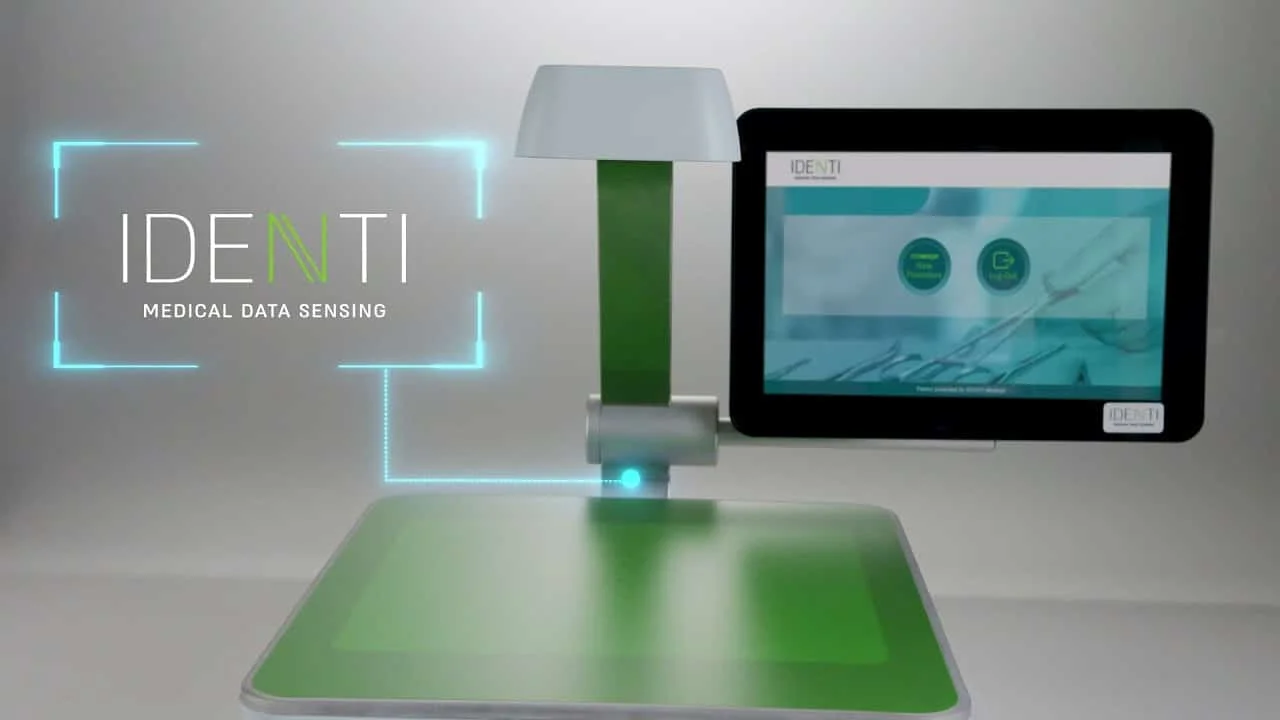
Efficient supply chain data solution
Obtaining the robust supply chain needed for effective vendor contract negotiation requires two steps:
- Effective inventory tracking, from enrollment through to consumption
- Meaningful, user-friendly data analytics
The point of care is a common weak link for data capture capability.
New image recognition technology is now being used to turn item documentation during surgery into a simple, three-second task. Powered by an AI cloud platform, this vital data is then presented as metrics, reports, and data insights.
Improving your bargaining power starts with data integrity.
Join the Image to Data revolution – full charting in one simple snap.

